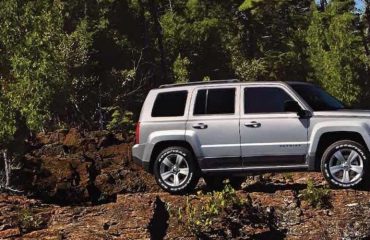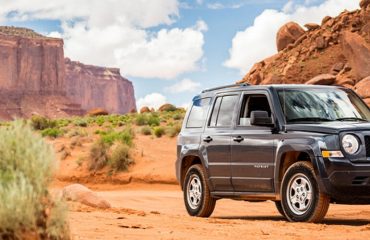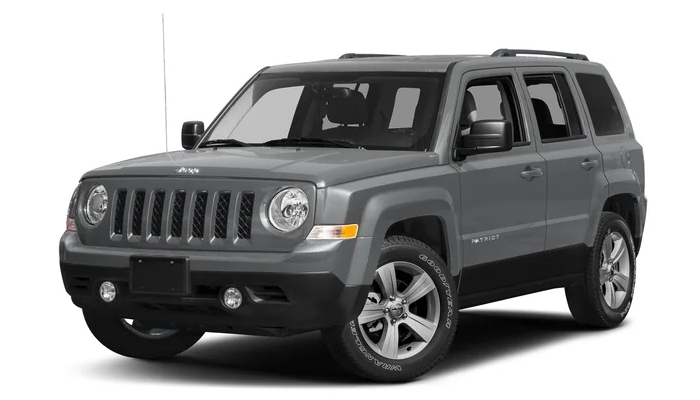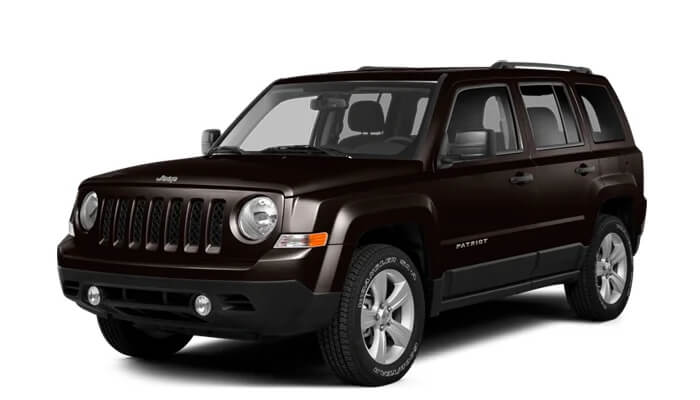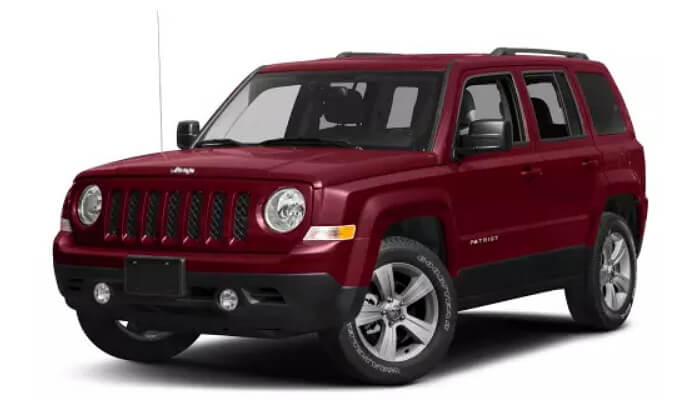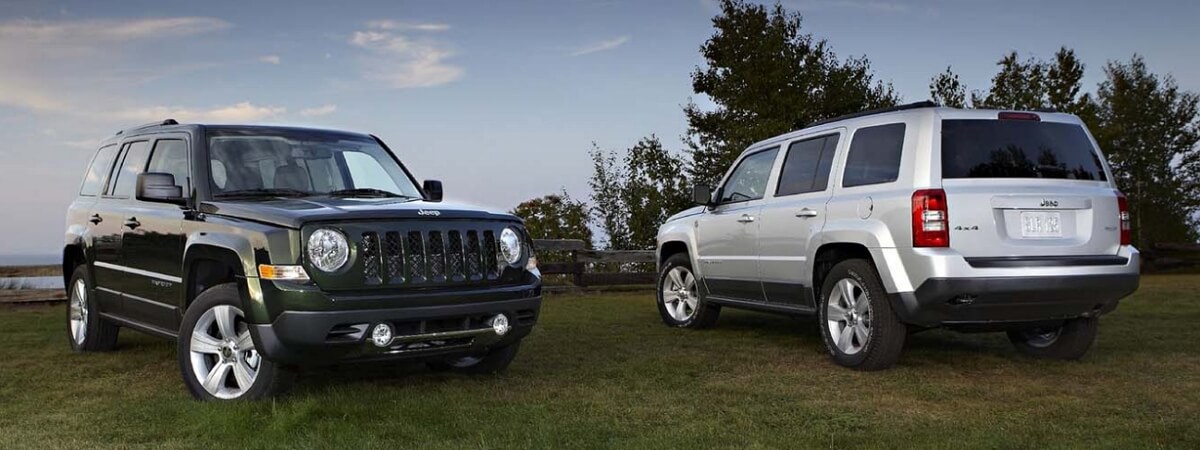
If you’ve ever found yourself wandering a car lot or scrolling through an online inventory, chances are you’ve paused at the Jeep section. And for a good reason! With their rugged good looks and a reputation for adventure, Jeeps are like the Swiss Army knives of the car world. Today, we’re zeroing in on two particular models that often get lumped together: the Jeep Patriot and the Jeep Commander. They might share some style points, but trust me, they’re as different as mountain trails and city streets.
Meet the Jeep Commander: The Family-Sized Adventure Machine
Let’s kick things off with the Jeep Commander. It’s the larger-than-life character in the Jeep family, boasting enough room for seven passengers to ride comfortably. Its grandeur isn’t just about size; it’s also about presence. The Commander offers a 3.7L V6 engine and an optional 5.7L V8 Hemi, making it clear that it’s not playing around when it comes to power.
Safety-wise, the Commander stands its ground with solid ratings, including a shining 5-star performance in front-impact tests. Plus, with trim levels like the Overland, Sport, and Limited, you’ve got options to suit your style and power needs, whether you’re sticking to the pavement or heading for the hills.

Cruise in the Jeep Patriot: Your Compact Companion
Now, let’s chat about the Jeep Patriot. It might be known as the most affordable SUV in North America, but don’t let that fool you into thinking it’s any less of a Jeep. This compact 4-door wagon comes with all the essentials you’d expect, including the “Trail Rated” badge, which means it’s ready for whatever Mother Nature throws your way.
The Patriot is all about giving you choices, with five different models to choose from. Whether you need a family-friendly ride or a tough little trooper for off-road adventures, the Patriot’s got your back. And with a continuously variable transmission that keeps things smooth, you’re in for a ride that’s as comfortable as it is capable.
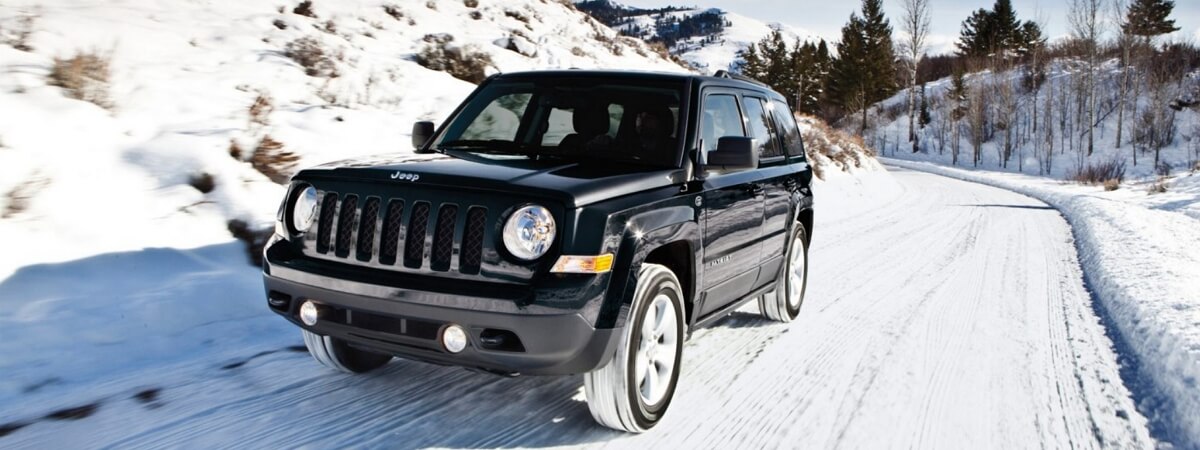
The Showdown: Jeep Commander vs. Jeep Patriot
Now for the fun part – let’s put these two side by side and see how they stack up in a good old-fashioned showdown.
| Feature | 2010 Jeep Commander | 2017 Jeep Patriot |
|---|---|---|
| Price | More expensive | Less expensive |
| Transmission | 5-Speed Automatic | 5-Speed Manual, CVT, 6-Speed Automatic |
| Engine | 3.7L V6, 5.7L V8 Hemi | 2.0L Inline-4, 2.4L I4 DOHC 16V Dual VVT |
| Fuel Economy | City: 15 MPG, Hwy: 20 MPG | City: 23 MPG, Hwy: 30 MPG |
| Drivetrain | Rear-Wheel Drive | Front-Wheel Drive |
| Seating Capacity | 7 seater | 5 seater |
So, why do we keep comparing the two? On the surface, it’s easy to see some family resemblance. The body lines, that unmistakable grille, the stance – they’ve got Jeep DNA through and through. But when you dive into the details, they part ways. The Commander is your beefy, do-it-all SUV with space to spare and power to conquer. The Patriot? It’s your nimble, go-anywhere buddy that’s as easy on the wallet as it is on the eyes.
Your Road, Your Choice
Whether you’re drawn to the brawny charm of the Jeep Commander or the sleek, ready-for-anything vibe of the Jeep Patriot, your choice comes down to your road map. Are you hauling a big crew and need the muscle to match? Commander’s your ride. Or are you after something that’s practical yet playful, ready for both daily drives and dirt roads? Then it’s the Patriot for you.
In the end, whichever Jeep you choose, you’re signing up for a legacy of toughness and the freedom to make every journey an adventure. So, what’ll it be? The road warrior Commander or the spirited Patriot? The road is calling – where will you go?

